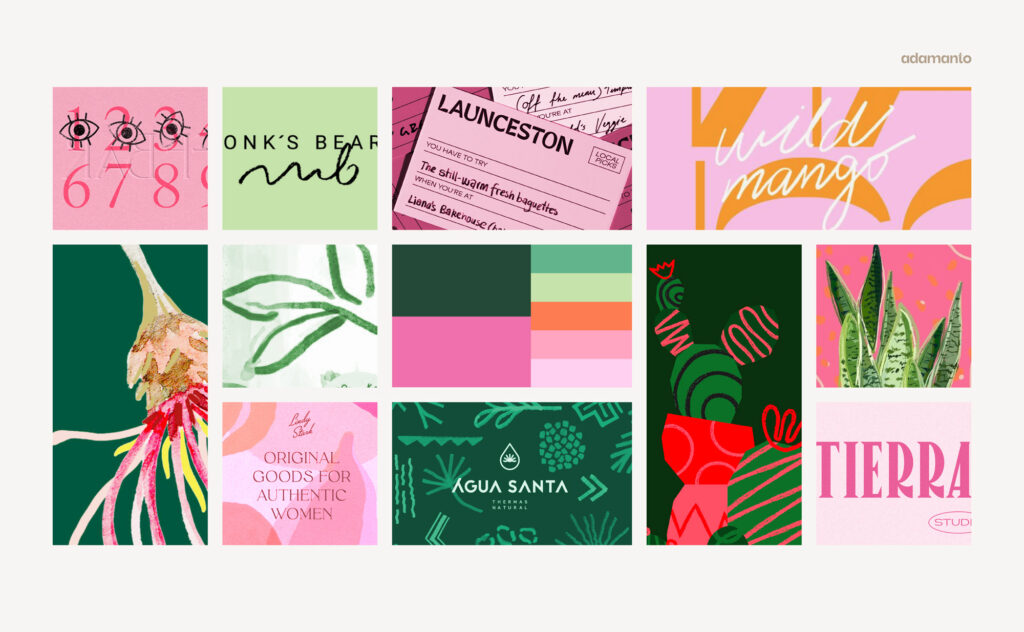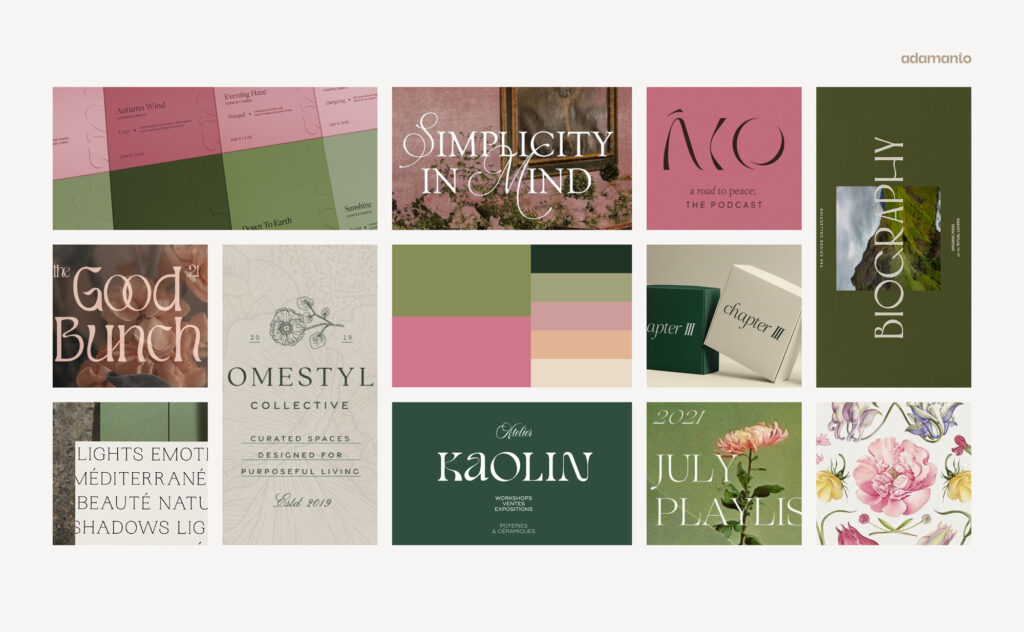
How Moodboards Shape Your Brand Vision
What exactly is a moodboard and why does it matter in branding?
Before you even start designing a logo or choosing your brand colors, there’s one crucial step that shapes the entire creative direction: the moodboard. A moodboard for branding is a curated collection of visuals, textures, typography, colors, and imagery that visually expresses the mood and personality of your brand.
Think of it as a creative compass. It doesn’t just help your designer understand your style—it helps you see your brand’s potential. And when done right, it becomes the bridge between your brand strategy and your visual identity.
Why a Moodboard Is the First Step Toward Clarity
When you’re building or rebranding a business, it’s easy to get overwhelmed by inspiration. Pinterest boards. Instagram saves. Favorite fonts. Color palettes. You might love minimalism, but also be drawn to vintage type. It can be… a lot.
That’s exactly why moodboards matter.
They bring focus filter out the noise; distill your brand’s personality into a single, intentional visual direction.
And most importantly:
They allow you (and your designer) to make aligned decisions from the start.
How to Build an Effective Moodboard for Branding
A moodboard isn’t just a pretty collage—it’s a strategic tool. Here’s how the process usually works:
1. Start with Strategy
Before choosing images, you need clarity. What’s your brand’s personality? Who are you speaking to? What are your values? The moodboard should reflect these foundations—not random aesthetics.
2. Curate with Intention
Use platforms like Pinterest, Behance, or your own saved folders to gather references. Look for textures, photography styles, fonts, architecture, fashion—anything that resonates with the feeling you want your brand to evoke.
But be selective. Less is more. Aim for quality over quantity.
3. Organize Visual Elements
Your moodboard should include:
- Color references (not the final palette, but a vibe)
- Type styles (serif, sans-serif, bold, delicate)
- Photography mood (light and airy? moody and dark?)
- Textures & materials (linen, marble, grainy film, etc.)
- Design references (layouts, logos, compositions)
4. Refine and Align
Once you have your first draft, ask yourself:
- Does this feel like the brand I want to build?
- Would my ideal client resonate with this?
- Is it consistent across all elements?
If the answer is yes—you’re ready to move forward.
Real Example: From Moodboard to Brand Identity
At adamanto, every branding project begins with three custom moodboards. For one recent client, a handmade floral jewelry brand, we explored three visual directions: natural connection, botanical inspiration and eternity & style.
After reviewing and refining, the client chose the direction that felt most aligned. That single decision shaped the entire visual identity—from the logo to the typography to the assets design.
The moodboard gave us clarity and direction. Without it, we might have wasted hours chasing ideas that didn’t reflect the brand’s essence.


The Hidden Power of Moodboards
What makes a moodboard so powerful isn’t just the visuals—it’s the alignment. It helps:
- Avoid design revisions down the line
- Build a stronger connection between strategy and visuals
- Create consistency across all brand touchpoints
- Boost confidence in the brand-building process
And let’s be honest—there’s something really exciting about seeing your brand start to take visual shape.
Conclusion: If You’re Not Using Moodboards, You’re Missing the Map
In branding, visuals can’t exist without strategy—and moodboards connect the two. They aren’t just part of the process; they define the process.
So, if you’re building a brand (or rethinking your current one), don’t skip this step. The right moodboard for branding could be the difference between a brand that feels scattered… and one that feels just right.
✨ Ready to see your brand come to life—visually and strategically?
Let’s create your moodboard together. Book a free 30-minute consultation and start building a brand that feels as good as it looks.



No responses yet